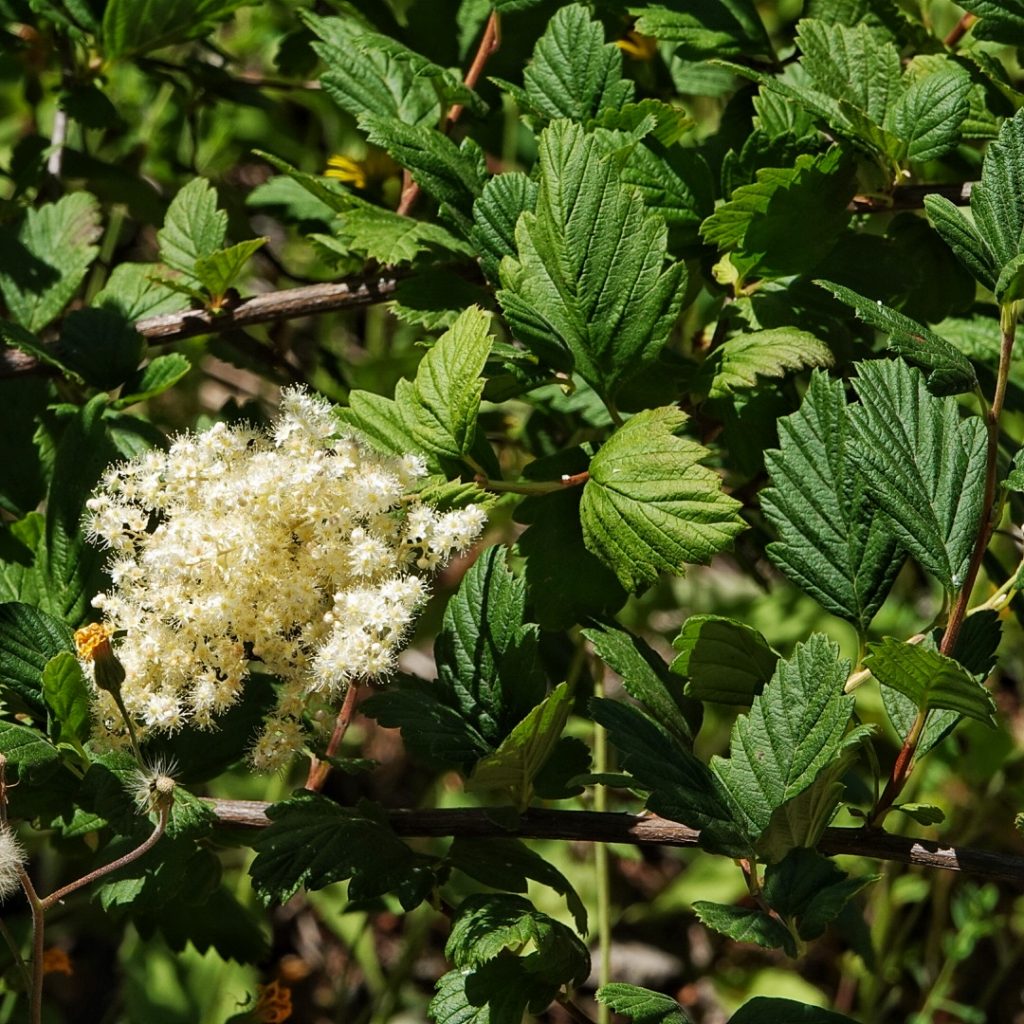
This handsome shrub in the family Rosaceae is common to abundant in the Douglas fir dominated forests of our region. It is a distinctive plant in bloom, and almost as distinctive before and after flowering, because of its unique leaves that are heavily lobed all of the way around their oval form, and dark green on top and wooly grey below. This was one of the very first plants I learned to identify by its leaves alone, and this is the plant that convinced me that it would be possible to do so over the gamut of leaf morphologies.
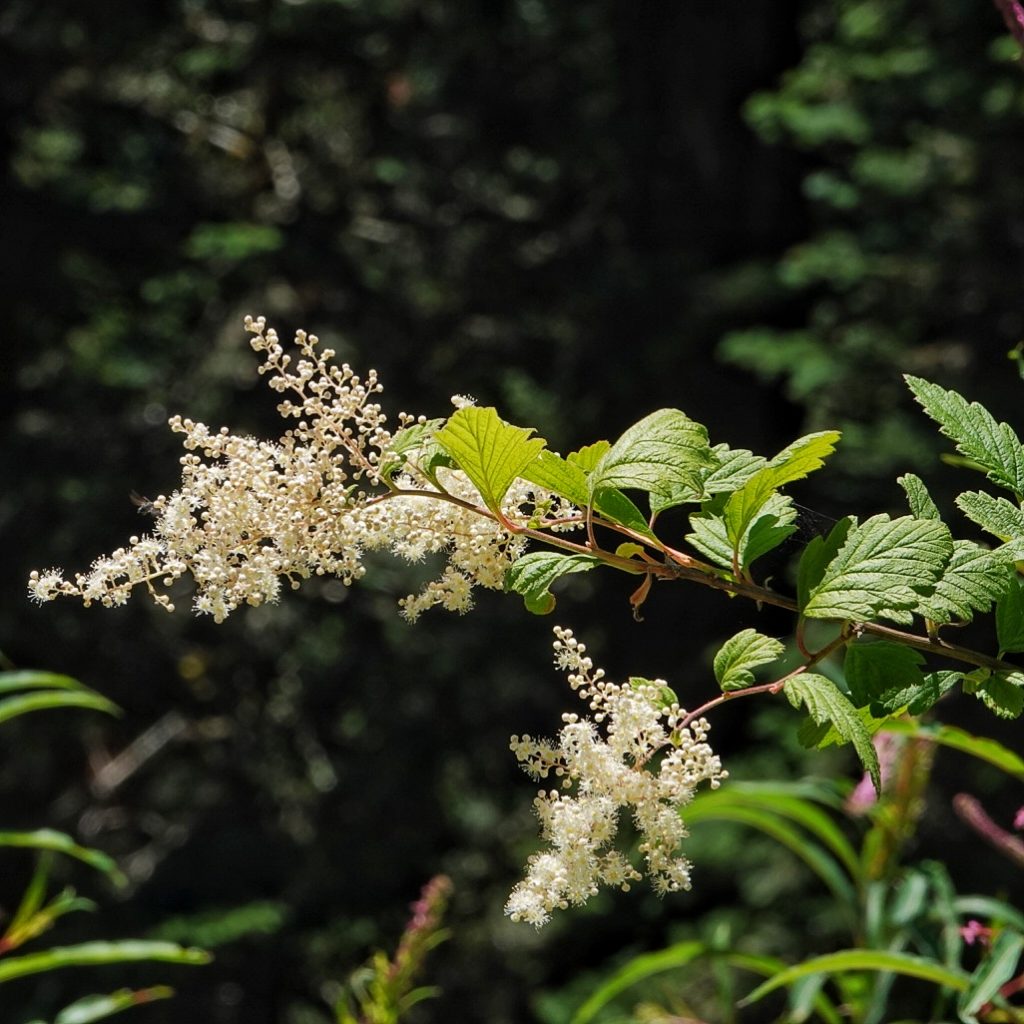
Holodiscus discolor goes by many names, including ocean spray, cream bush, and ironwood. This last one alludes to how hard the wood of this shrub is, and it was usually further hardened in fire before being used by indigenous peoples for a wide variety of purposes. Various cultures made tools as diverse as roasting tongs and fish cooking sticks (because the wood is fire resistant), arrows and practice bows and arrows for children,spears and spear prongs for every thing from frogs to ducks and octopi (that one with a yew barb), needles for weaving baskets or knitting, digging sticks, teepee pins, cradle covers, drum hoops, baby baskets, halibut hooks, paddles, and even breastplates (called cuirass) and other armor. And finally sticks from this plant were used in a gambling game wherein the location of one marked stick had to be ferreted out by one team, while the ‘dealer’ on the other team tried to hide it.
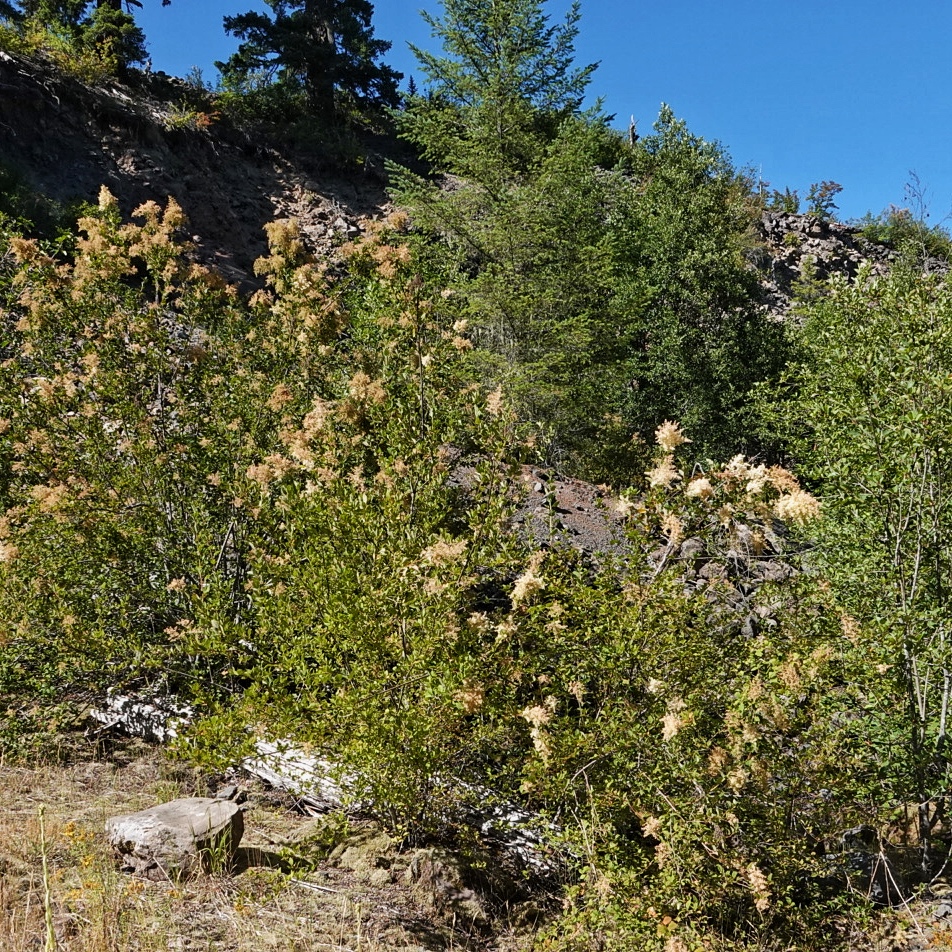
Besides roasting the seeds for food indigenous people also used many parts of the plant for medicinal purposes. They also used the seeds to treat chicken pox and as a blood purifier. Bark was powdered and mixed with grease to treat burns and heal wounds, and a decoction was made of it as an eyewash, and as a tonic for fatigue and general malaise. Leaves were used as an infusion to treat the flu, and mashed for a poultice to alleviate sore lips and sore feet.
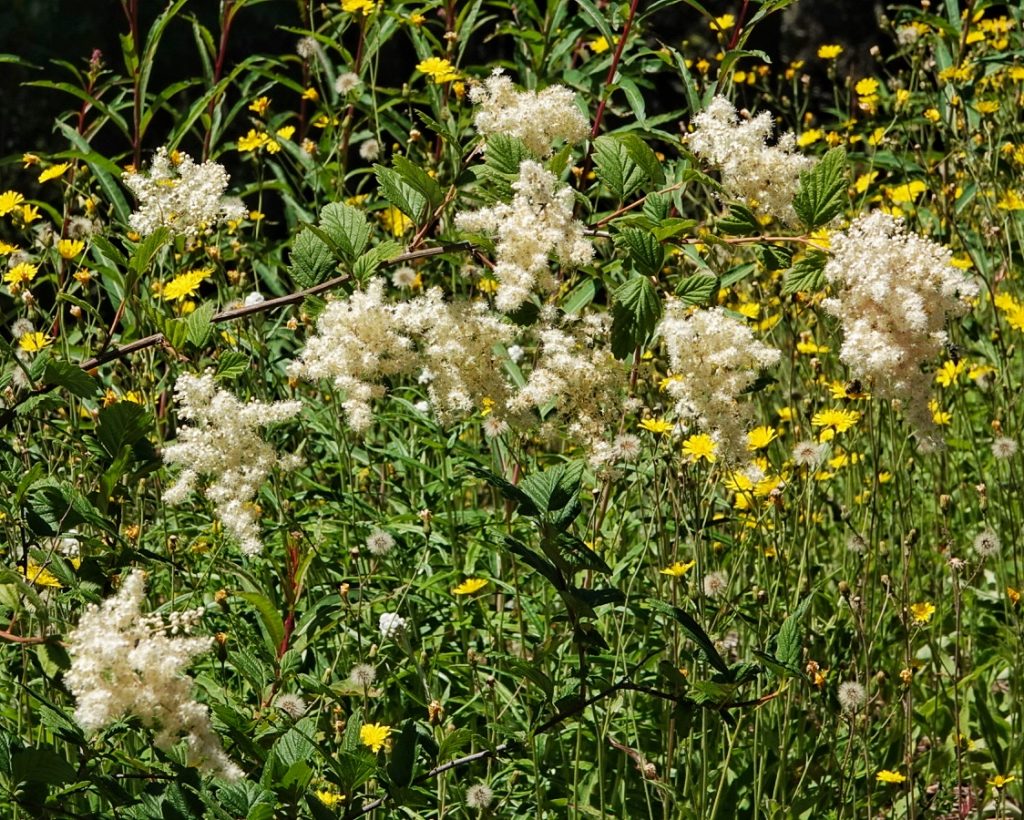
And it is a vital plant for many different types of wildlife, although you’d never know that from some of the websites I perused. One even said it has little food value for wildlife, something that could only be said by someone who only equated wildlife with vertebrates, and isn’t true even then. Even the Forest Service site ignored the importance of Holodiscus discolor to the arthropod communities, as though insects weren’t one of the truly foundational lifeforms of a functioning ecosystem. Plus it provides cover for many birds and small vertebrates, and is a favored hangout for Pacific chorus frogs (Pseudacris [formerly Hyla] regilla), possibly because of the abundant insect life in its branches. It is also the host to Aphyllon (formerly Orobanche) pinorum, a broomrape that is parasitic on the roots of this species.
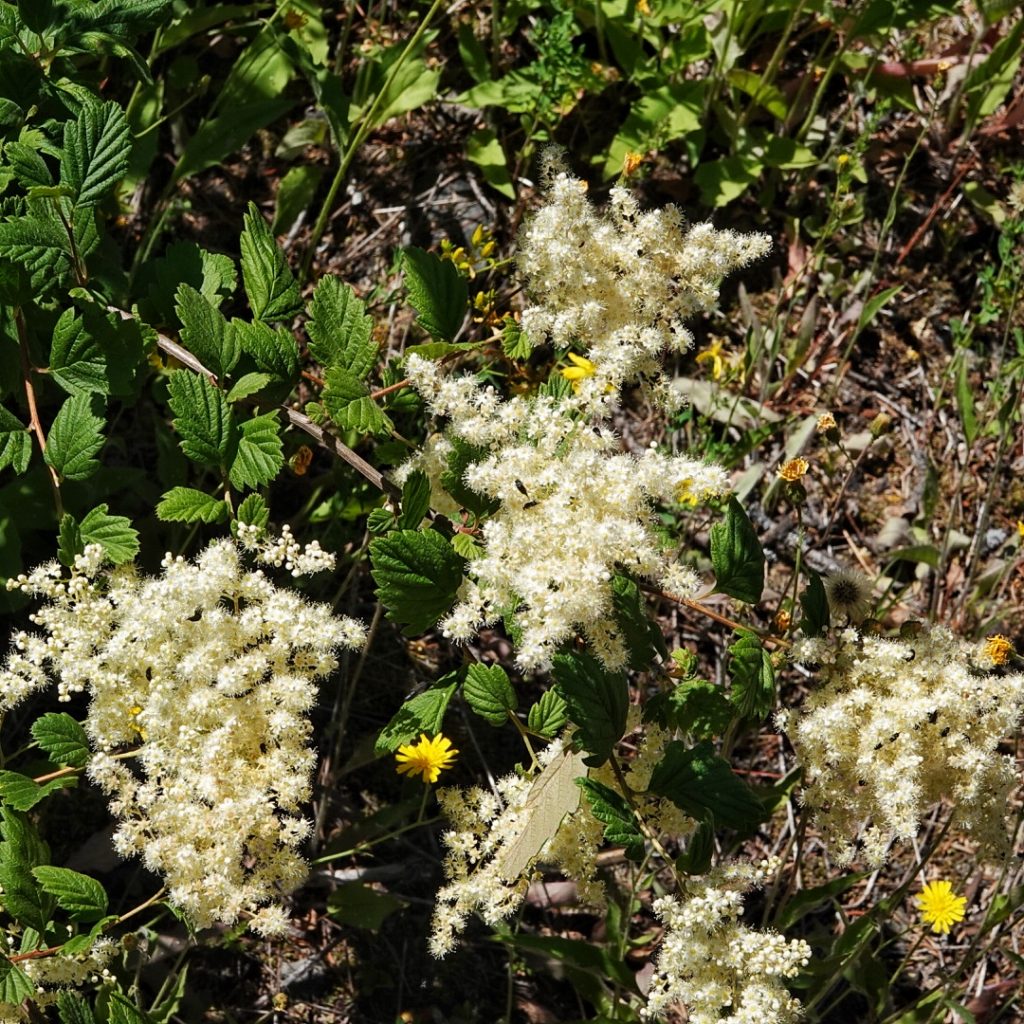
Description-Perennial, deciduous shrub, up to 10’ tall, with sprays of tiny cream to white flowers; branches thin and arching, bark deep reddish grey; leaves alternate, on 10-15mm petioles, oval, with distinct veins and up to 25 pointed to rounded lobes which may have tiny teeth, dark green above and wooly grey below; dozens of 5mm flowers in a loose panicle.
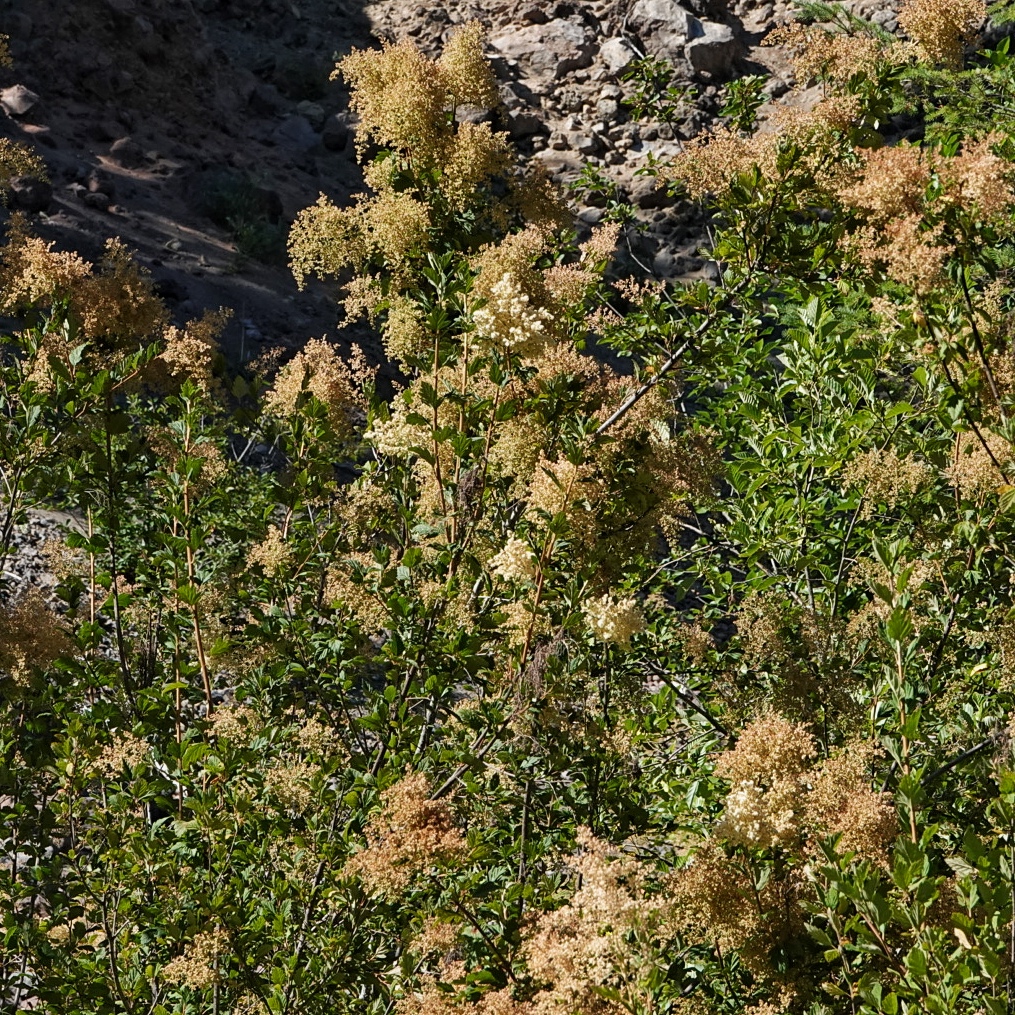
Similar species– Holodiscus microphyllus has leaves that are generally less than an inch long and are wider above the middle than below, a more compact floral panicle, and is predominately east of the Cascades; outside of the genus the leaves are distinct, but other shrubs with sprays of white flowers might be confused with it; Aruncus dioicous has long, narrow, pointed leaves with alternating small and large teeth; Sambucus spp. have long, narrow, pointed leaves that are evenly serrated.
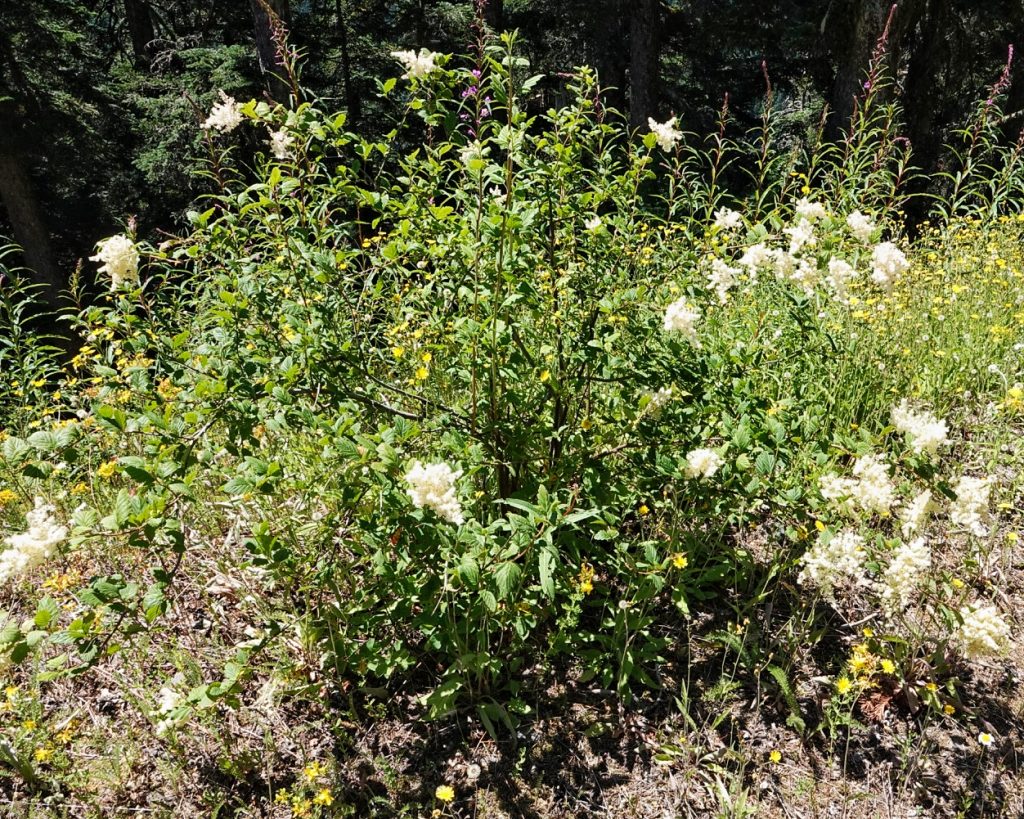
Habitat– Well drained, rocky to gravelly soil, in forests (especially those dominated by Douglas fir), forest opening, bluffs, up to subalpine elevations.
Range-Western North America; region wide in appropriate habitats; absent from the most arid parts of the interior.
Reproductive timing-Blooms late May into August
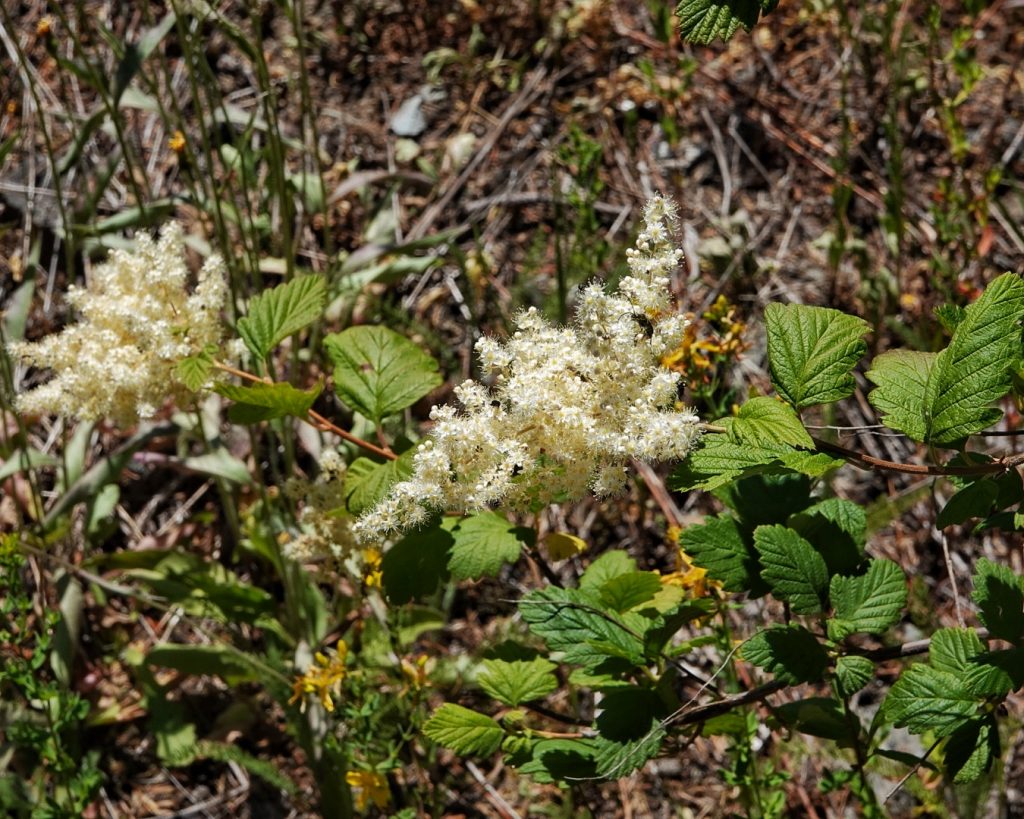
Eaten by-A complete list of invertebrates that utilize this plant is beyond my scope, but an incomplete list of those that use it for a larval host would include the butterflies Papilio eurymedon, Limenitus lorquini, L. weidemeyerii, Celastrina echo, and Callophrys augustinus, and the moths Hemileuca eglanterina, Paonias excaecata, Eriocrania semipurpurella, Adela septentrionella, Sabulodes aegrotata, Hesperumia latipennis, Epinotia johnsonana, Eupithecia misturata, Coleophora sp., Phyllonorycter holodisci, Eriocrania semipurpurella, Andropolia aedon, and A. theodor; slugs and snails often eat the leaves, and though browsing mammals seem to find it relatively unpalatable (except for young shoots), they will eat it in winter and during altitudinal migration because of its relative abundance; birds and small mammals avidly eat the dried seeds that persist into winter; it appears to be an important nectar, and to a lesser extent pollen, resource for members of Lepidoptera, Syrphidae, Hymenoptera, and Coleoptera.
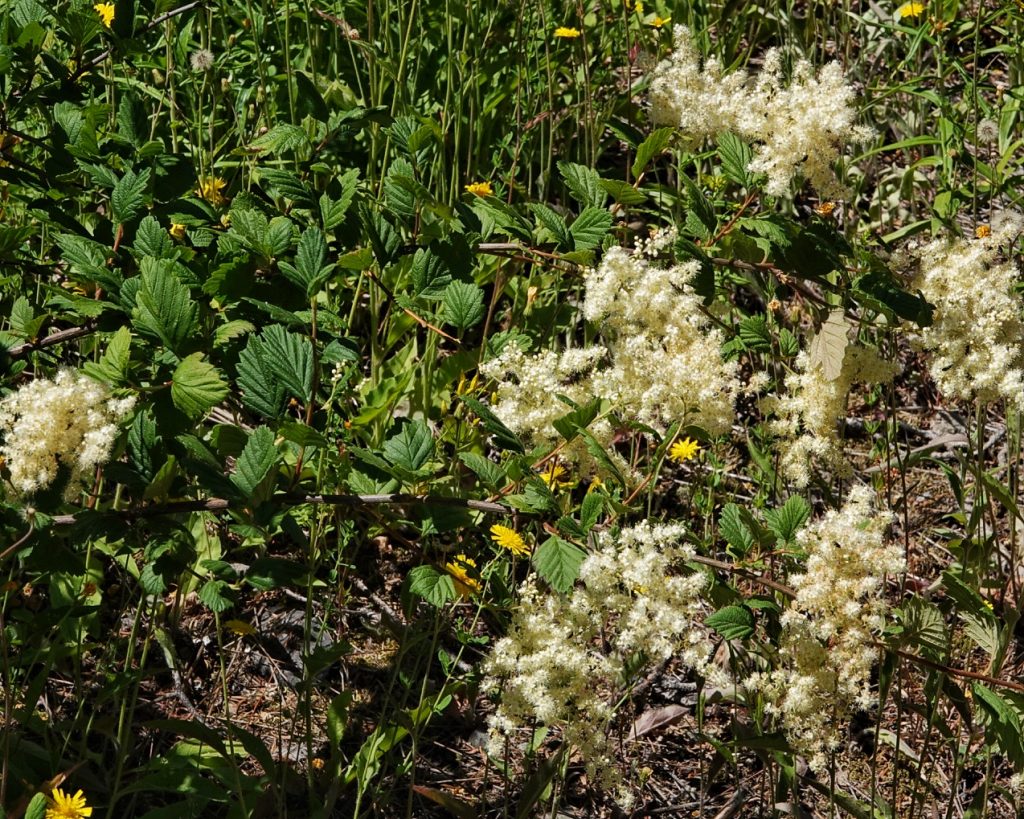
Etymology of names–Holodiscus is from the Greek for ‘whole disc’ and refers to the unlobed disc lining the hypanthium of the flowers. The specific epithet discolor is from the Latin for ‘separate colors’, and refers to the leaves being green above and wooly grey below.
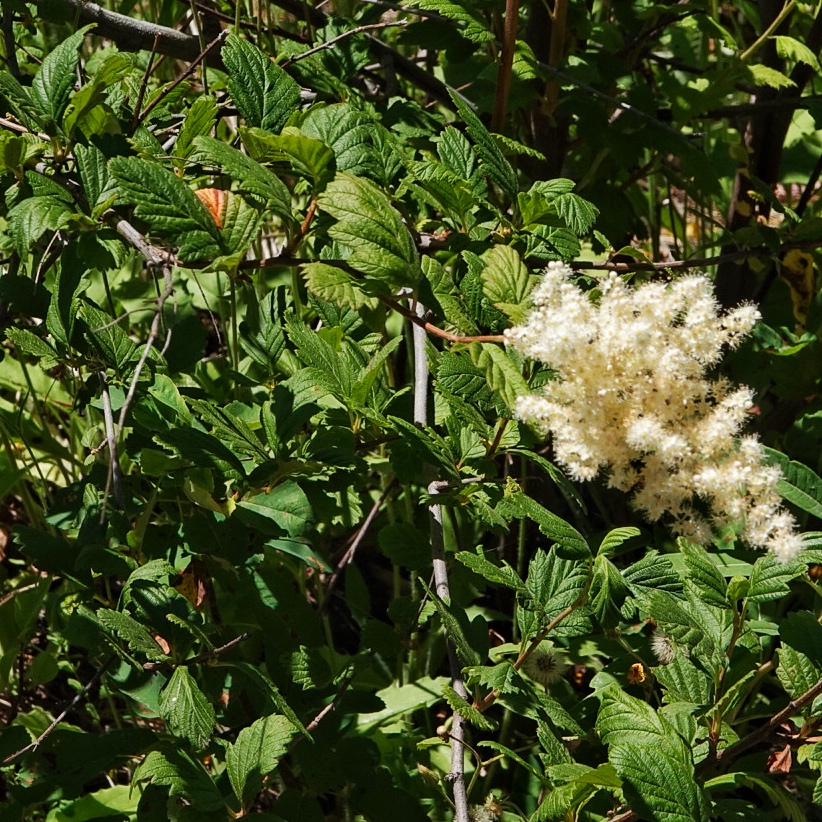
http://nativeplantspnw.com/ocean-spray-holodiscus-discolor/
https://calscape.org/Holodiscus-discolor-()
BRIT – Native American Ethnobotany Database
http://www.efloras.org/florataxon.aspx?flora_id=1&taxon_id=220006465
https://www.fs.fed.us/database/feis/plants/shrub/holdis/all.html
Holodiscus discolor | Ocean Spray | Wildflowers of the Pacific Northwest
http://biology.burke.washington.edu/herbarium/imagecollection/taxon.php?Taxon=Holodiscus%20discolor
https://en.m.wikipedia.org/wiki/Hypanthium

1 thought on “Holodiscus discolor”